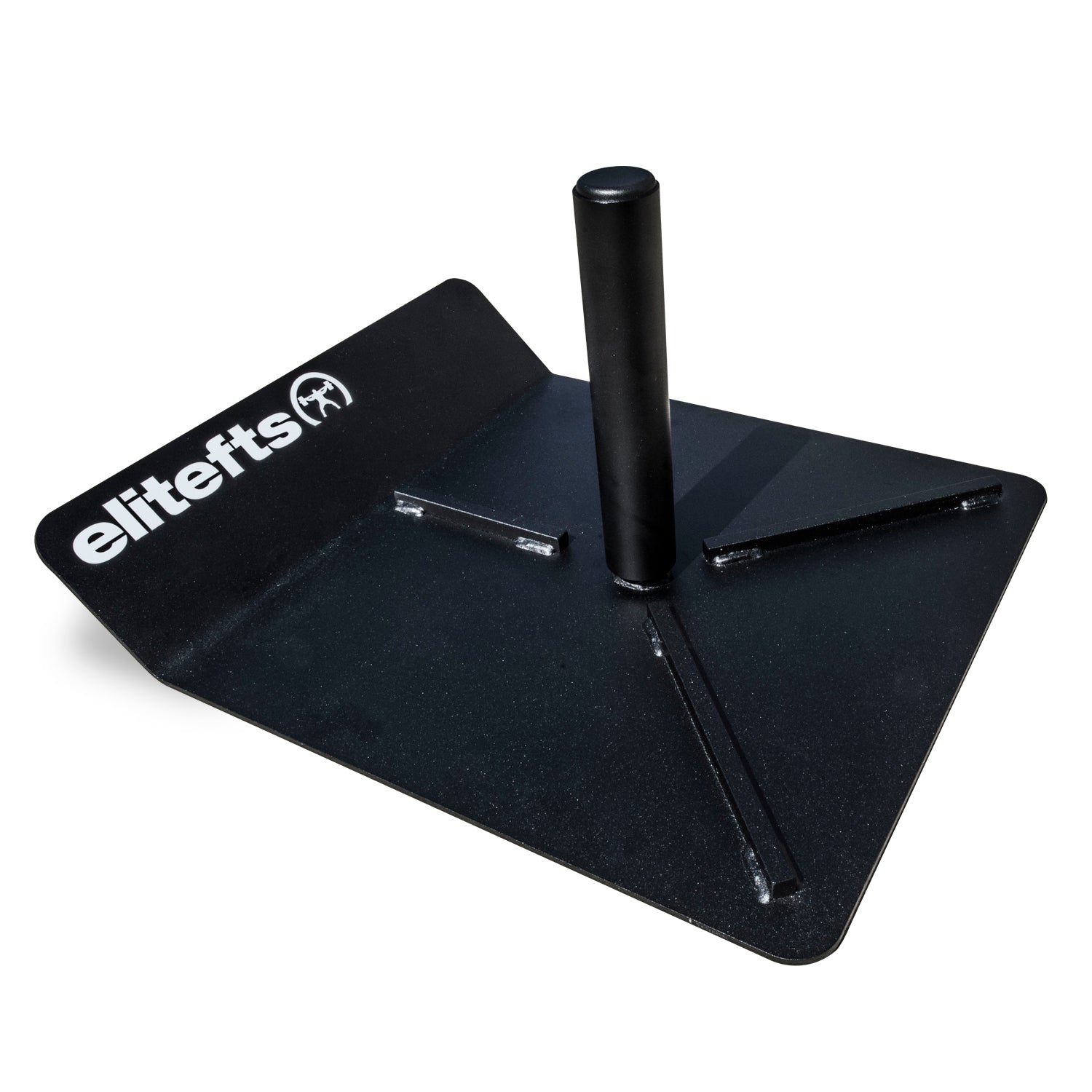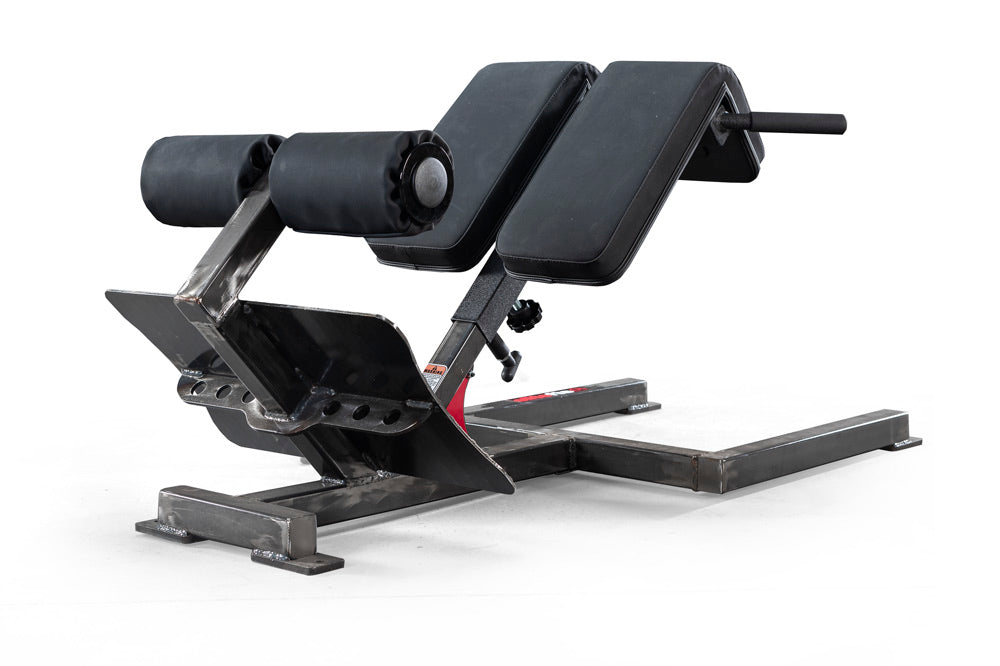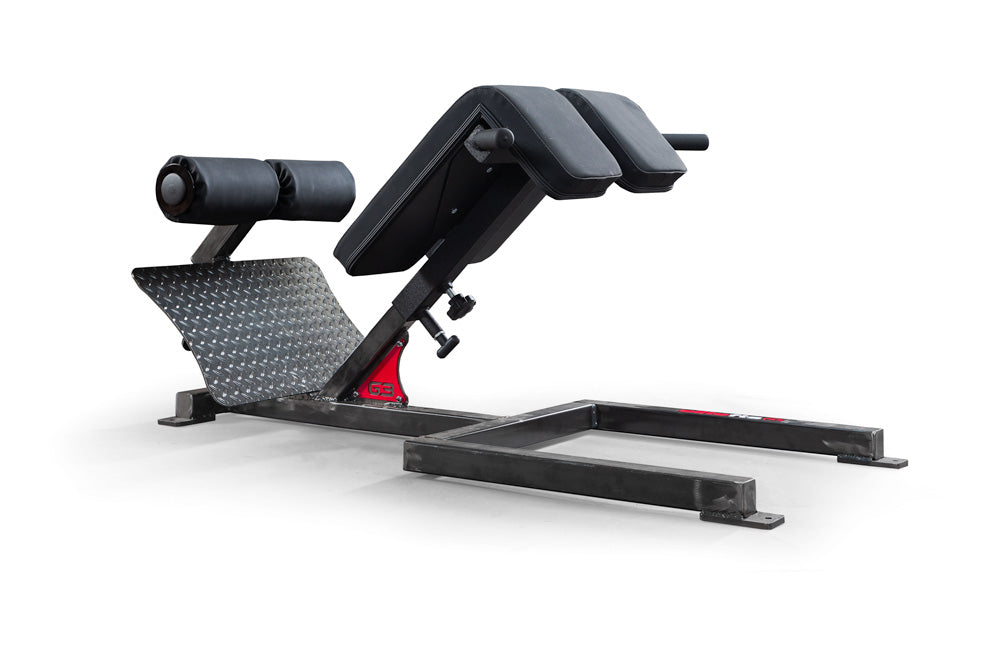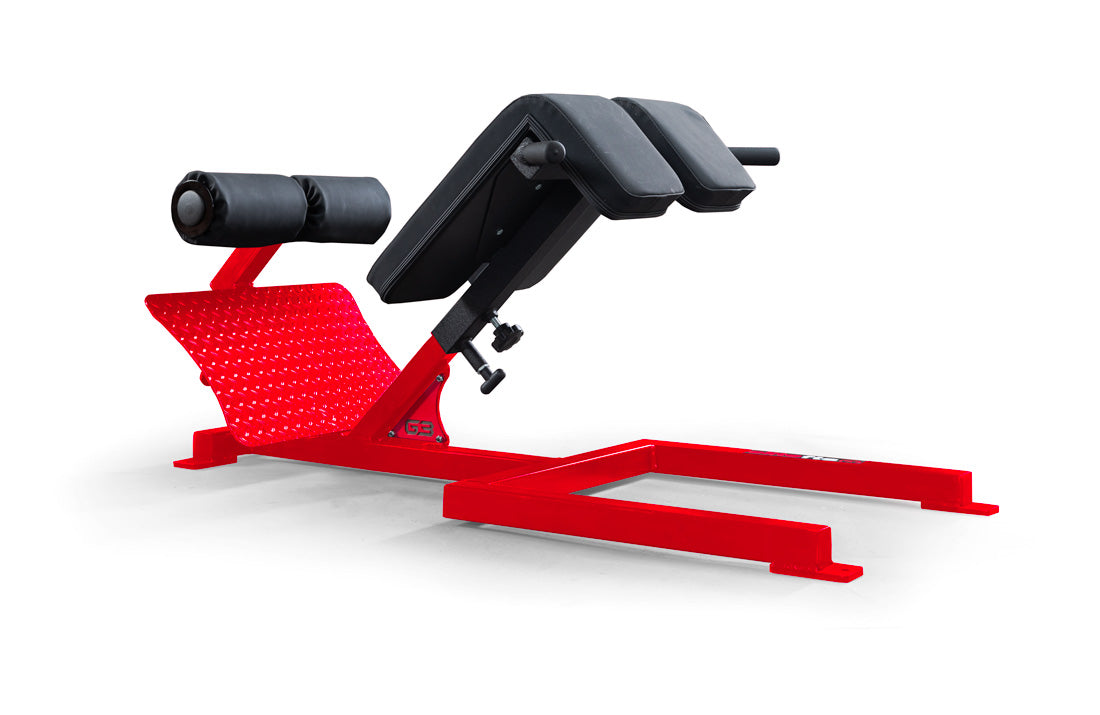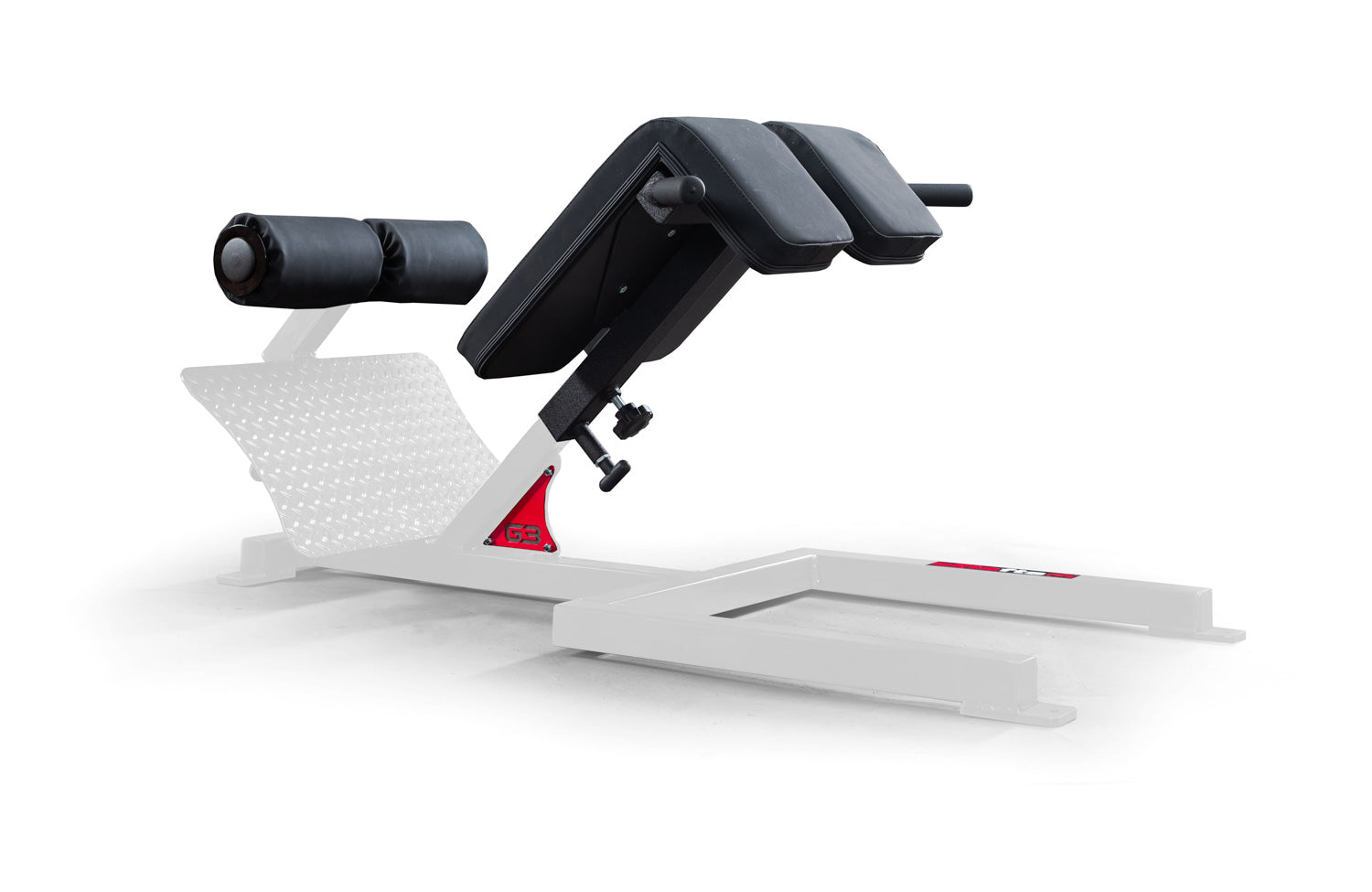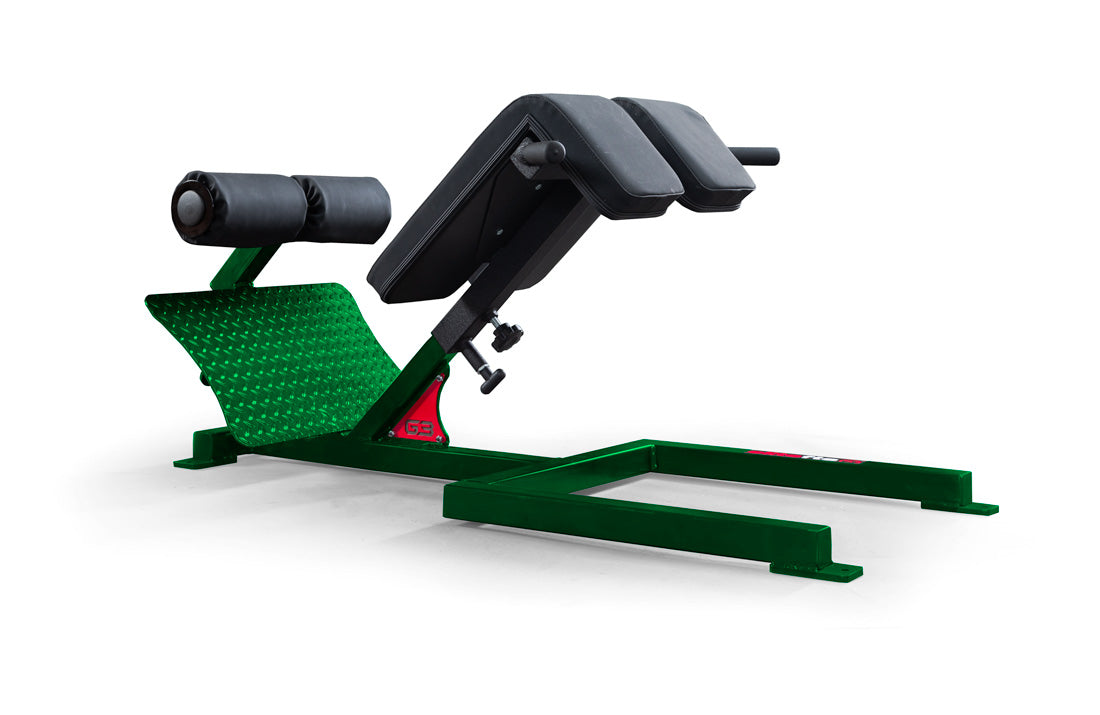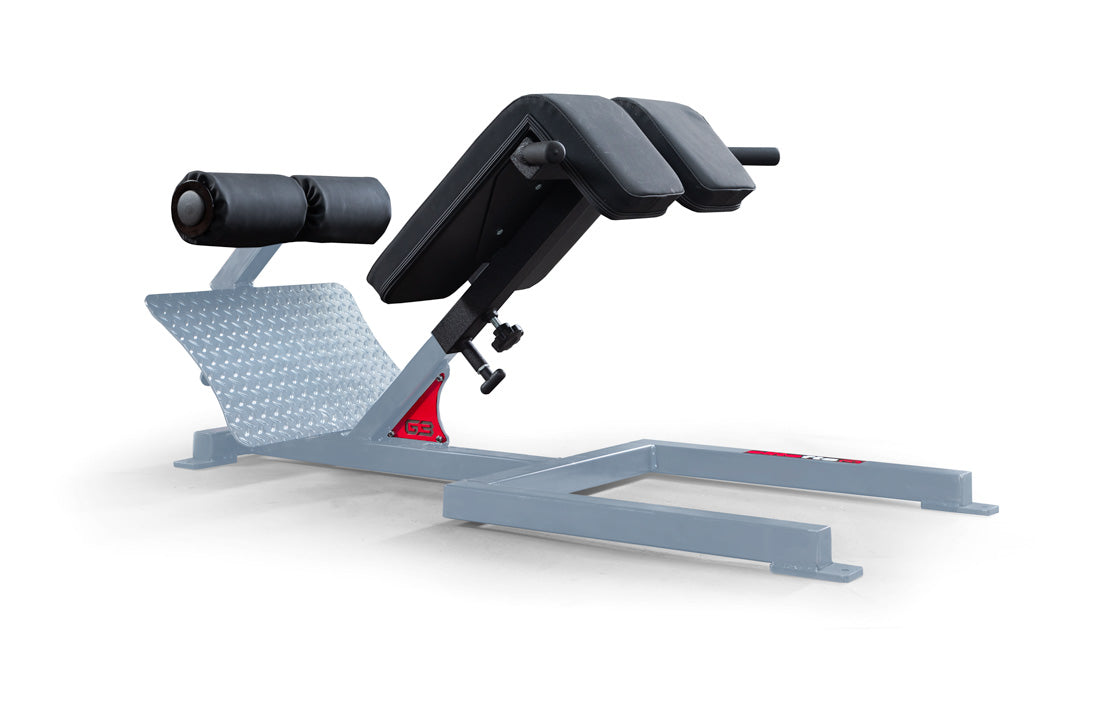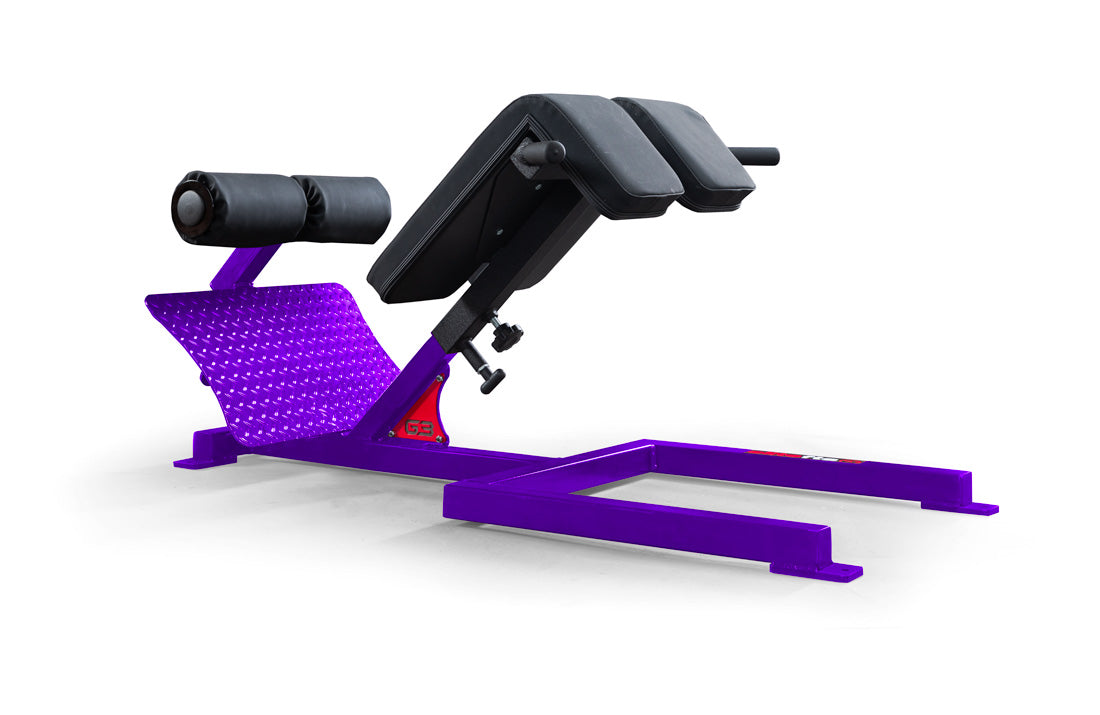
The first way is some type of coefficient. For this case, let’s use the Wilks Coefficient. At 181 pounds of body weight pressing 365 pounds, you get a Wilks of 111.267. Add 20 sloppy pounds of body weight to the lifter and add 20 pounds of weight onto your max bench press, and you get 201 pounds of body weight pressing 385 pounds. This results in a Wilks of 110.731. Although your body weight is up 20 pounds, along with your bench weight, you lose .536 of your Wilks value. In turn, this probably puts you in more peril since you are in the 220-pound weight class and are now competing against that fully and naturally developed 220-pound lifter that can weigh up to 220.25 pounds. Worse yet is if that naturally developed 220-pound lifter has dieted down to 220.25 pounds from 225 or 230 pounds of solid body weight. Naturally growing into a weight class because of muscular body weight will take longer than a five-Big-Macs-a-day meal plan, but in the long haul, you are better off with the slow and steady pace. As I have stated before, powerlifting is a journey, not a destination—and certainly not a race. Years ago, I bought Ed Coan’s book which is full of hundreds of photos of the King himself. When looking through that book, one of the aspects that is so impressive about Ed is that from 165 pounds all the way up to 275 pounds (a lighter 275 pounds), Ed has quality muscle and never looks sloppy. Further, he took his time gaining the quality weight and, well, you know the rest. Ed pretty much dominated each and every weight class. By no means am I saying that eating cleaner will make you like Ed Coan. Brothers, there is only one Ed Coan. What I am saying is that the day of the sloppier lifter in a weight class is becoming a thing of the past. When the weather is nice, the elitefts™ Prowler® and sled are used more than ever, and when the weather is not so nice, the dreaded t-mill (I can’t even stand to say the actual word) is being used by powerlifters more than ever. Here is the point. If you get nothing else out of this article, what I am saying is: Go from the 165-pound to the 181-pound class (or whatever your next size weight class is) through the natural evolution of muscular hypertrophy, both myofibril and sarcoplasmic hypertrophy, as a result of your powerlifting training. I realize that this is tough, especially when the 275-pound guys are lifting big and eating big, too. But even then, look at your leaner, yet super-powerful 275 pounders like David Hoff, Jose Garcia, Mike Tuchcherer, Brian Carroll, and Brendan Luedtke. These are not sloppy looking 275ers, and they are some of the guys dominating the rankings in their weight classes. [caption id="attachment_43705" align="aligncenter" width="600"]

Two-time WPC World Powerlifting Champion Eric Maroscher with his Monster Garage Gym Co-Owner, Phillip Daniels. A retired NFL Defensive End for the Redskins, Phillip is a solid, no spare-tire 308-pound class powerlifter.[/caption] If you are training right, eating right, and getting the rest you need, your numbers will go up. Let that occur in a way that doesn't leave you losing out at the end of the day due to reaching that point of diminishing returns.
Cover photo by: Bent Nail photography. Please LIKE on Facebook.













